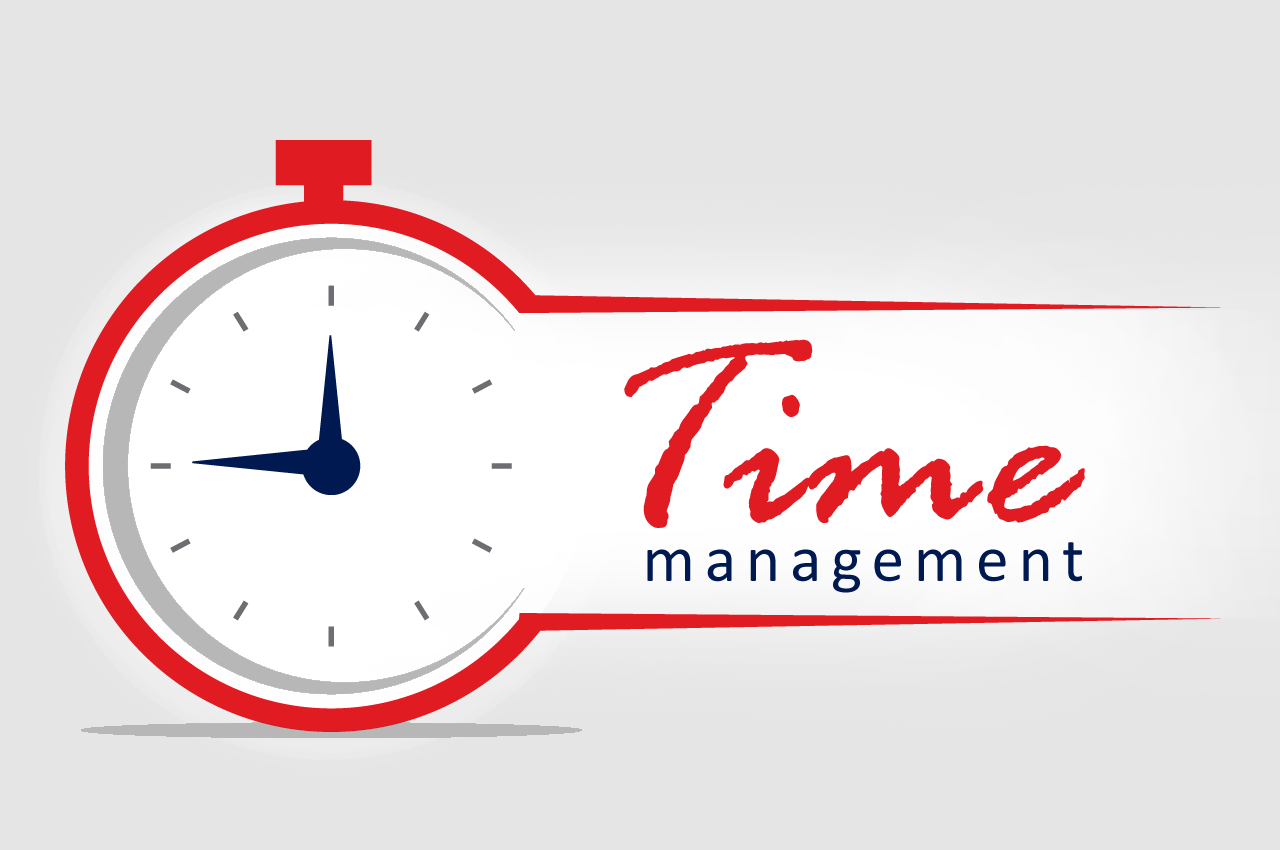What is mindfulness? It is simply the practice of being fully present and aware of our surroundings, thoughts and emotions in any given moment without criticism or judgement.
In our busy lives we often cope by living on autopilot – unconsciously reacting to life based on past experiences and projecting this into the future. So, it is not really being present with all the dynamics in the current situation, and, thereby, missing opportunities.
Mindfulness is the skill of STOPPING – BECOMING AWARE – CHOOSING ACTION. We all naturally possess the capacity to access this state of mindfulness, we just need to cultivate it through a little mental training.
An example would be going into a meeting and feeling the tension in the room. Being on autopilot may result in the reaction of, “Oh, are they still at it, this is going to land up in a shouting match again, I better keep my head low”. In this situation you can choose to become mindful by taking a moment to stop, become aware of all the dynamics in the room, including your own feelings, and then release all criticisms and judgements. The mind is then enriched with all the additional information, freed from the tensions generated by judgement and in this state able to choose an insightful response from this enriched perspective.
But to be able to do this requires daily practice to develop this natural capacity into a skill that you can access at any moment. A few minutes of dedicated, focussed practice is all it takes.
The way to start is to:
Set aside regular time to practice. The key word here is REGULAR. If you find being quiet still challenging, then just start with 2 or 3 minutes a couple of times a day, and then slowly build up to more. Don’t put pressure on yourself, it is a new behaviour and it may take a while to adjust to the practice.
The following tips to consider when starting your practice have been taken directly from the ‘MINDFUL’ website.
- Set aside some time. You don’t need a meditation cushion or bench, or any sort of special equipment to access your mindfulness skills—but you do need to set aside some time and space.
- Observe the present moment as it is. The aim of mindfulness is not quieting the mind, or attempting to achieve a state of eternal calm. The goal is simple: we’re aiming to pay attention to the present moment, without judgement. Easier said than done, we know.
- Let your judgments roll by.When we notice judgements arise during our practice, we can make a mental note of them, and let them pass.
- Return to observing the present moment as it is. Our minds often get carried away in thought. That’s why mindfulness is the practice of returning, again and again, to the present moment.
Be kind to your wandering mind. Don’t judge yourself for whatever thoughts crop up, just practice recognizing when your mind has wandered off, and gently bring it back.
That’s the practice. It’s often been said that it’s very simple, but it’s not necessarily easy. The work is to just keep doing it. Results will accrue.
With the above tips in mind, you could then use some of the auditory recorded, guided mindfulness meditation from the site ‘FREE MINDFULNESS’ Open the resources section and there you will find meditations starting at 4 minutes. See which ones you like.
Here are some others:
Click here for a 3 minute body scan to cultivate mindfulness
And click here for a Simple Walking Meditation
5 Steps to Mindful Listening can be found here
Loving-Kindness Practice for Every Day can be found here
Find out here how to take 5 Steps to Wind Down and Fall Asleep
People who practice mindfulness report that they feel kinder, calmer, more playful, and friendlier and open to exploring new things. The brain is actually developing new neural pathways and connections to enable this response, while also enabling enhanced concentration, mental flexibility and awareness.
These wise words beautifully illustrate the concept behind mindfulness:
Between stimulus and response there is a space. In that space is a choice about how we respond. In our response lies our growth and freedom.




